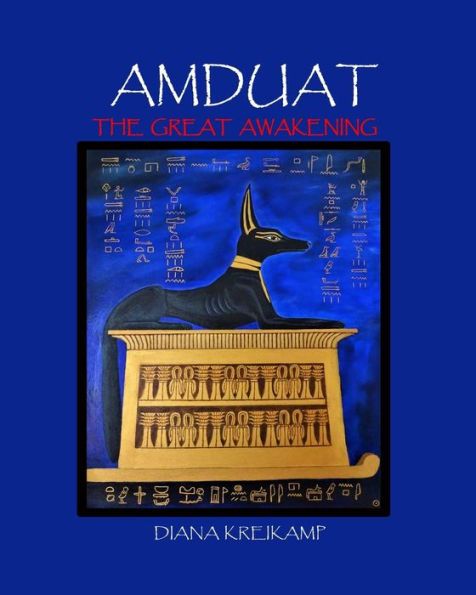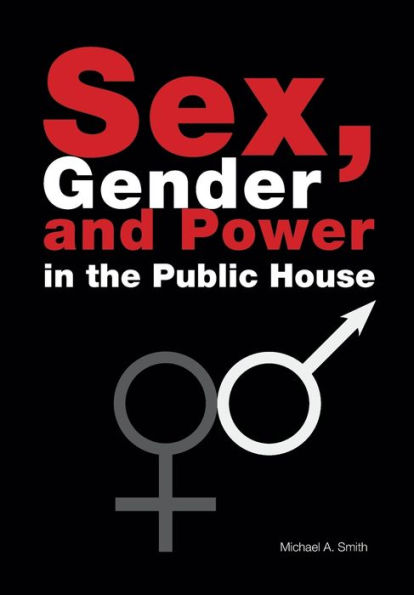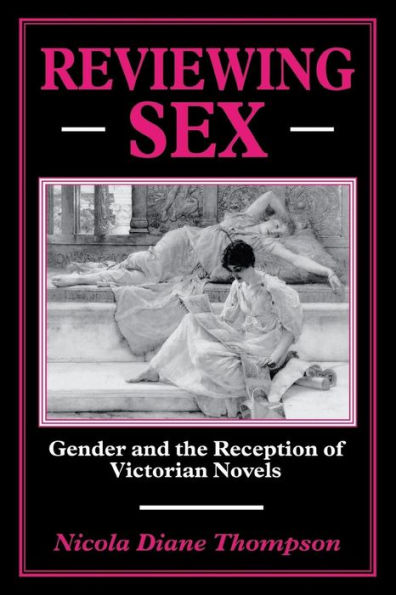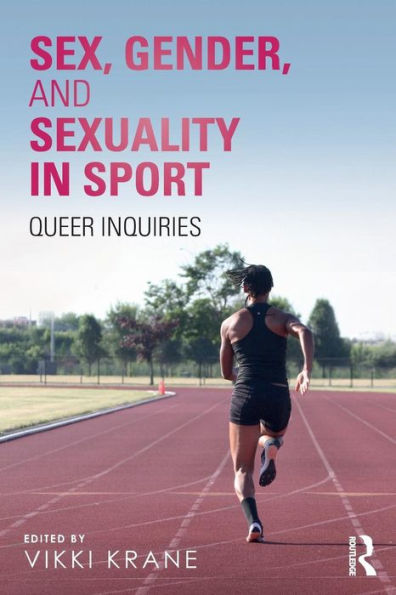Home
Smitten: Sex, Gender, and the Contest for Souls Second Great Awakening
Barnes and Noble
Loading Inventory...
Smitten: Sex, Gender, and the Contest for Souls Second Great Awakening
Current price: $37.95

Barnes and Noble
Smitten: Sex, Gender, and the Contest for Souls Second Great Awakening
Current price: $37.95
Loading Inventory...
Size: Hardcover
*Product information may vary - to confirm product availability, pricing, shipping and return information please contact Barnes and Noble
In
Smitten
, Rodney Hessinger examines how the Second Great Awakening disrupted gender norms across a breadth of denominations.
The displacement and internal migration of Americans created ripe conditions for religious competition in the North. Hessinger argues that during this time of religious ferment, religious seekers could, in turn, play the missionary or the convert. The dynamic of religious rivalry inexorably led toward sexual and gender disruption. Contending within an increasingly democratic religious marketplace, preachers had to court converts in order to flourish. They won followers through charismatic allure and making concessions to the desires of the people. Opening their own hearts to new religious impulses, some religious visionaries offered up radical dispensations—including new visions of how God wanted them to reorder sex and gender relations in society. A wide array of churches, including Methodists, Baptists, Mormons, Shakers, Catholics, and Perfectionists, joined the fray.
Religious contention and innovation ultimately produced backlash. Charges of seduction and gender trouble ignited fights within, among, and against churches. Religious opponents insisted that the newly converted were smitten with preachers, rather than choosing churches based on reason and scripture. Such criticisms coalesced into a broader pan-Protestant rejection of religious enthusiasm.
reveals the sexual disruptions and subsequent domestication of religion during the Second Great Awakening.
Smitten
, Rodney Hessinger examines how the Second Great Awakening disrupted gender norms across a breadth of denominations.
The displacement and internal migration of Americans created ripe conditions for religious competition in the North. Hessinger argues that during this time of religious ferment, religious seekers could, in turn, play the missionary or the convert. The dynamic of religious rivalry inexorably led toward sexual and gender disruption. Contending within an increasingly democratic religious marketplace, preachers had to court converts in order to flourish. They won followers through charismatic allure and making concessions to the desires of the people. Opening their own hearts to new religious impulses, some religious visionaries offered up radical dispensations—including new visions of how God wanted them to reorder sex and gender relations in society. A wide array of churches, including Methodists, Baptists, Mormons, Shakers, Catholics, and Perfectionists, joined the fray.
Religious contention and innovation ultimately produced backlash. Charges of seduction and gender trouble ignited fights within, among, and against churches. Religious opponents insisted that the newly converted were smitten with preachers, rather than choosing churches based on reason and scripture. Such criticisms coalesced into a broader pan-Protestant rejection of religious enthusiasm.
reveals the sexual disruptions and subsequent domestication of religion during the Second Great Awakening.
In
Smitten
, Rodney Hessinger examines how the Second Great Awakening disrupted gender norms across a breadth of denominations.
The displacement and internal migration of Americans created ripe conditions for religious competition in the North. Hessinger argues that during this time of religious ferment, religious seekers could, in turn, play the missionary or the convert. The dynamic of religious rivalry inexorably led toward sexual and gender disruption. Contending within an increasingly democratic religious marketplace, preachers had to court converts in order to flourish. They won followers through charismatic allure and making concessions to the desires of the people. Opening their own hearts to new religious impulses, some religious visionaries offered up radical dispensations—including new visions of how God wanted them to reorder sex and gender relations in society. A wide array of churches, including Methodists, Baptists, Mormons, Shakers, Catholics, and Perfectionists, joined the fray.
Religious contention and innovation ultimately produced backlash. Charges of seduction and gender trouble ignited fights within, among, and against churches. Religious opponents insisted that the newly converted were smitten with preachers, rather than choosing churches based on reason and scripture. Such criticisms coalesced into a broader pan-Protestant rejection of religious enthusiasm.
reveals the sexual disruptions and subsequent domestication of religion during the Second Great Awakening.
Smitten
, Rodney Hessinger examines how the Second Great Awakening disrupted gender norms across a breadth of denominations.
The displacement and internal migration of Americans created ripe conditions for religious competition in the North. Hessinger argues that during this time of religious ferment, religious seekers could, in turn, play the missionary or the convert. The dynamic of religious rivalry inexorably led toward sexual and gender disruption. Contending within an increasingly democratic religious marketplace, preachers had to court converts in order to flourish. They won followers through charismatic allure and making concessions to the desires of the people. Opening their own hearts to new religious impulses, some religious visionaries offered up radical dispensations—including new visions of how God wanted them to reorder sex and gender relations in society. A wide array of churches, including Methodists, Baptists, Mormons, Shakers, Catholics, and Perfectionists, joined the fray.
Religious contention and innovation ultimately produced backlash. Charges of seduction and gender trouble ignited fights within, among, and against churches. Religious opponents insisted that the newly converted were smitten with preachers, rather than choosing churches based on reason and scripture. Such criticisms coalesced into a broader pan-Protestant rejection of religious enthusiasm.
reveals the sexual disruptions and subsequent domestication of religion during the Second Great Awakening.

















